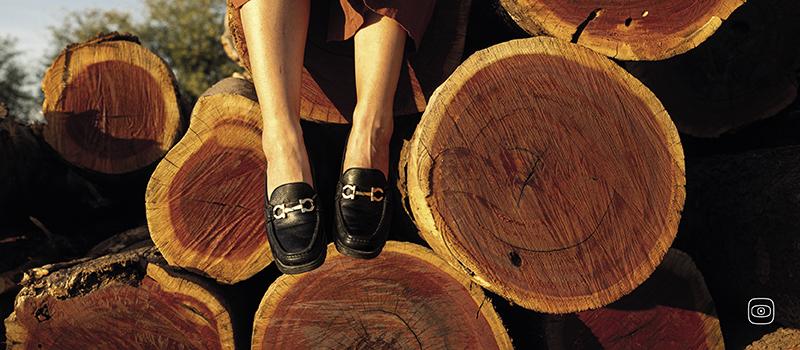RESISTENCIA / FLORENCE - The Gran Chaco Argentino covers around 60% of the Chaco region and forms part of the Greater American Chaco, which also extends across Paraguay, Bolivia and Brazil. It stands as South America’s second most important green lung, after the Amazon.
The Dry Chaco ecoregion spans approximately 787,000 km². This dry forest, located in northern Argentina, is home to the quebracho colorado tree, whose wood contains tannin, a vegetable extract used in the leather tanning process. After industrial processing, this product is exported from the Chaco to more than 50 countries, where it is used by major European and American leather brands.
This production chain operates within a context of insufficient government oversight. Tannin industries—both Argentine and Italian—together with the agribusiness sector, deforest areas protected by law and circumvent local regulations. The timber, often of questionable or illegal origin, ends up in the hands of tannin producers. From Argentine ports, it travels through chemical plants and tanneries in low- and middle-income countries, eventually reaching European luxury leather brands, the footwear industry, and high-end car manufacturers.
For this investigation, we conducted field visits and worked alongside scientific researchers and local communities affected by deforestation. To trace the tannin supply chain, we collaborated closely with SOMO, a non-governmental organisation dedicated to researching large corporations and multinational companies.
Key findings:
- Deforestation in the Gran Chaco region of Argentina, a dry forest in the north of the country, is leading to the disappearance of one of the most vital ecosystems in Latin America.
- Companies selling timber are clearing areas of high environmental protection. Furthermore, they circumvent the Ley de Bosques, which regulates the management and preservation of forests in Argentina. This occurs due to corruption, revolving doors between the public and private sectors, inadequate oversight, and permits of questionable legality.
- Timber obtained illegally reaches companies that produce tannin, a red powder used in leather processing, particularly for high-quality hides.
The tannin is then sent to tanneries and chemical manufacturing companies, often located in low- and middle-income countries. From there, it ends up in high-end leather brands, premium automotive products, and clothing in Europe.
Image by Sofia Lopez.



